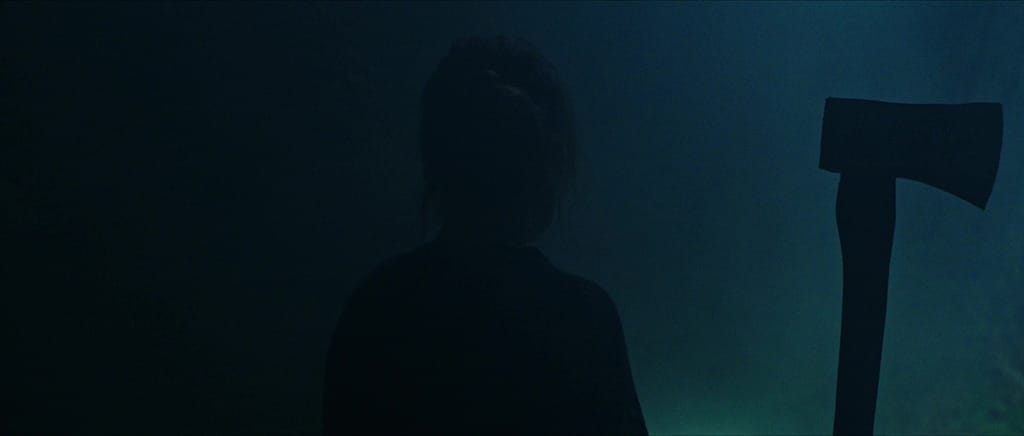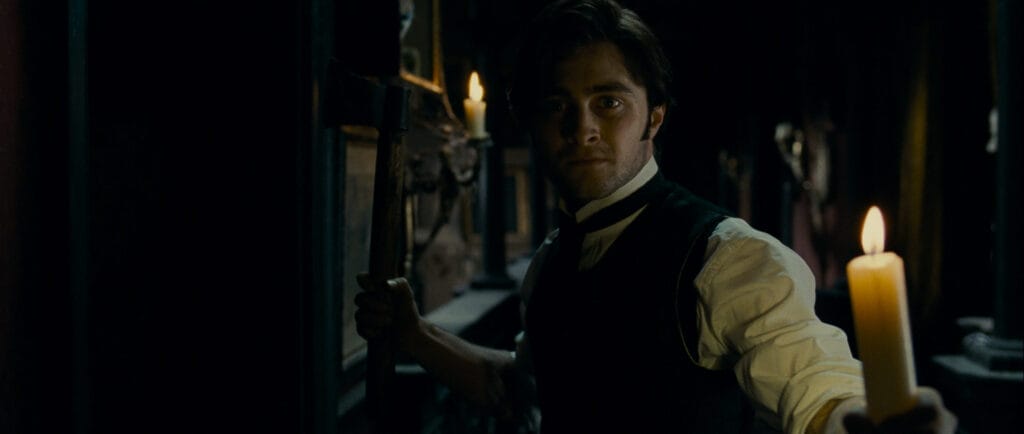


Every horror fan can recall that feeling: the increasing heartbeat, the prickling at the back of the neck, the glance over the shoulder in a dimly lit room. It’s not always the monster’s reveal or the climactic jump scare that causes this. More often than not, it’s the slow, creeping dread that’s been building since the opening scene. Welcome to the realm of atmospheric tension in horror cinema.
“In the world of horror, atmosphere isn’t just a backdrop; it’s the soul of the story.”
Atmosphere begins with setting. A decrepit mansion, a fog-laden forest, a dimly lit corridor—these aren’t just backgrounds but characters in their own right. Think of the Overlook Hotel in “The Shining” or the isolated, wind-swept moors in “The Woman in Black”. The settings set the tone, creating an environment where fear can fester.

A distant whisper, the creaking of a floorboard, the howling wind—all play pivotal roles in creating tension. Sometimes, it’s the lack of sound that’s most chilling, using silence as a canvas for the audience’s own anxieties. Films like “A Quiet Place” utilize this to perfection, where silence isn’t just golden; it’s deadly.
“… let the tension simmer, drawing out scenes, delaying the inevitable.”
Today’s world is fast-paced, but the best horror films often take their time. They let the tension simmer, drawing out scenes, delaying the inevitable. This dance with anticipation allows the viewer’s imagination to run wild, often conjuring scenarios far scarier than what’s presented on screen.
Atmospheric tension thrives in the ambiguous. Shadows that might hide threats, objects that seem out of place, or visuals that are just a tad unsettling—all contribute to the unease. Films like “It Follows” or “The Others” use ambiguity to keep the audience guessing, ensuring they’re never truly comfortable.
While gore and jump scares might provide instant shock value, it’s the atmospheric tension that ensures a horror film’s legacy. It’s the unseen, the unsaid, and the unexplained that lingers, making us think, wonder, and most importantly, feel long after the credits roll. In the world of horror, atmosphere isn’t just a backdrop; it’s the soul of the story.
In the realm of horror cinema, it's often not the monstrous or supernatural that terrifies us most, but the familiar turned sinister. From everyday objects to societal anxieties, relatable fear strikes a chord deep within, reminding us that the boundary
